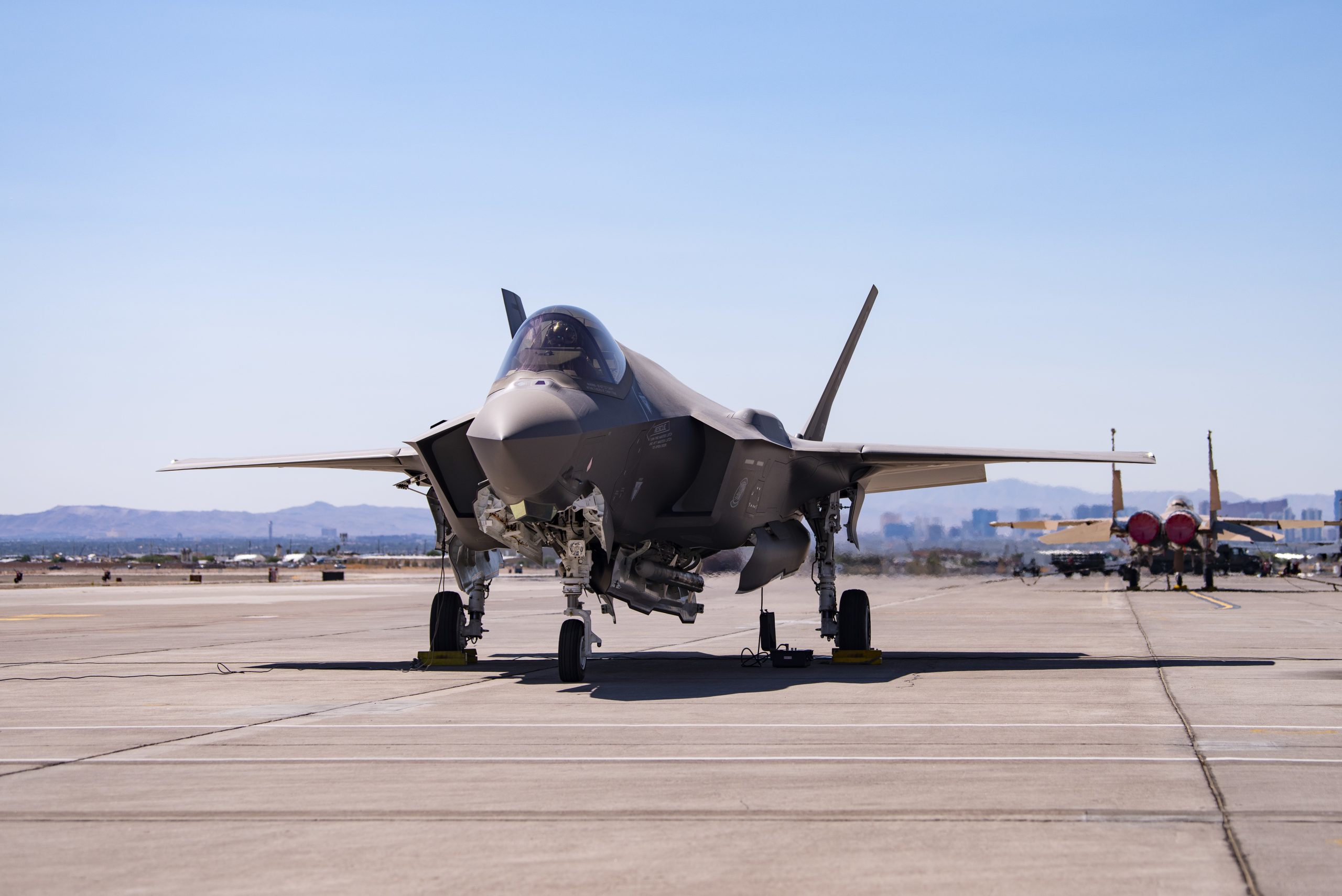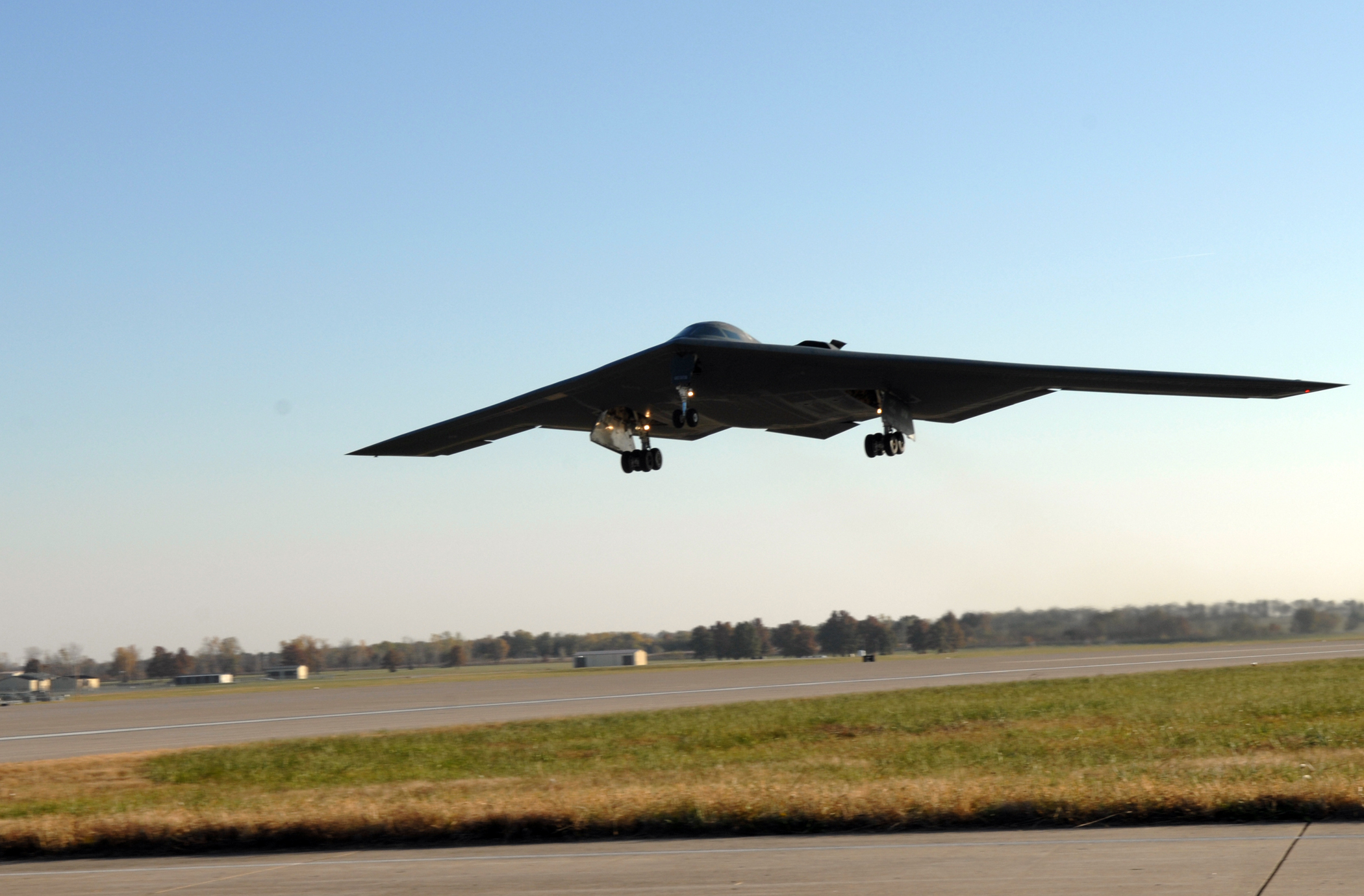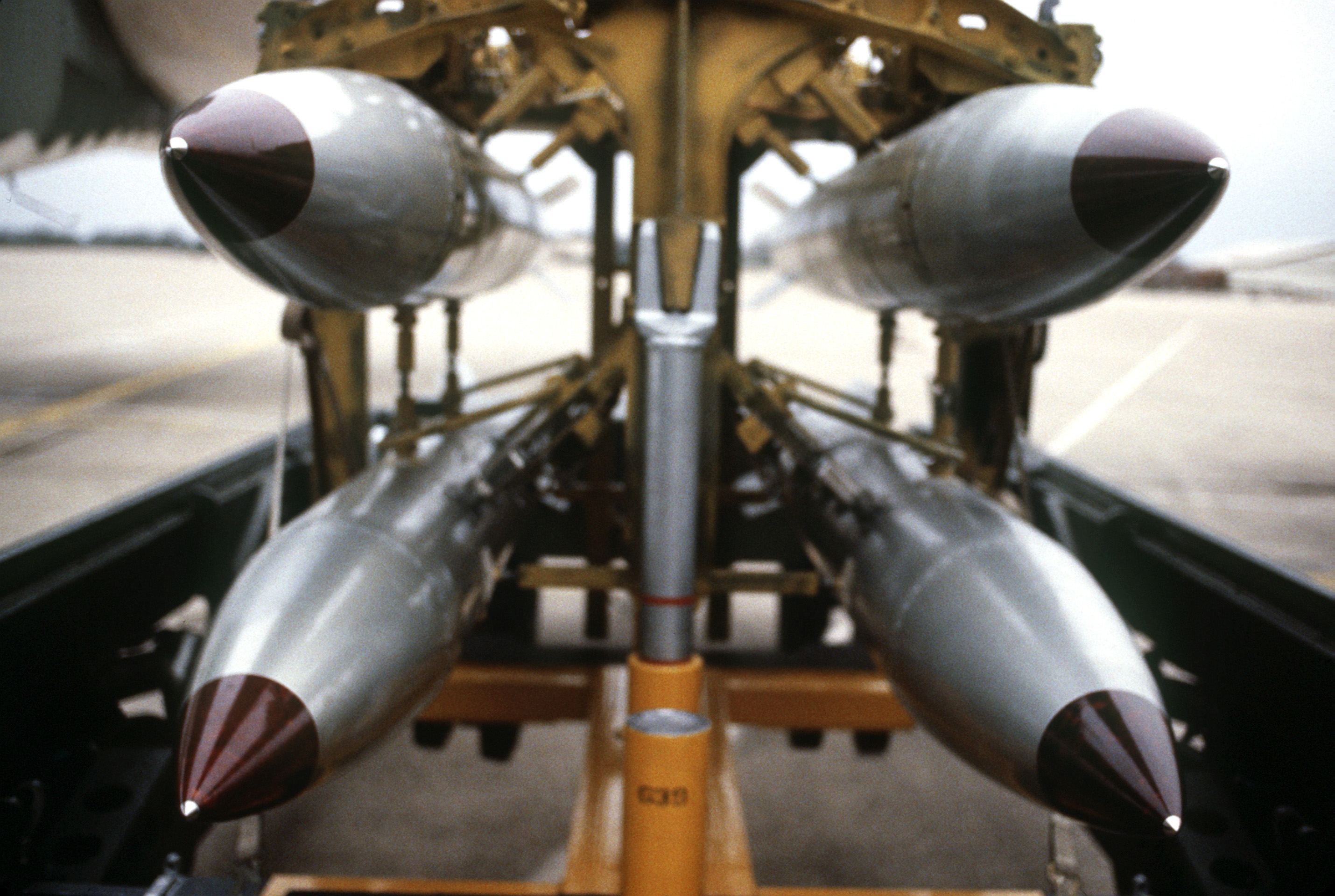The US Air Force’s prized possession, the F-35 stealth fighter jet, is considered one of the most advanced warplanes in the world. The hi-tech aircraft takes a step closer to become the world’s first fifth-gen aircraft capable of a nuclear strike role.
The Lockheed Martin-developed F-35 family includes three variants — all single-seat jets. The F-35A conventional takeoff and landing variant for the US Air Force; the F-35B short takeoff/vertical landing variant for US Marine Corps, and the F-35C carrier variant for the US Navy.
On 21 September, two F-35As of the Air Force were equipped with dummy versions of the B61-12 nuclear gravity bombs for the final flight test carried out as a part of the fighter jet’s first Full Weapon System Demonstration.
This graduation test has now made the F-35A Lightning II progress from “operationally-representative F-35A” to a “most representative B61-12 test asset”, according to the statement by the Air Force.
A Significant Move
This first-of-a-kind Joint Strike Fighter (JSF) in the nuclear strike configuration involved the dropping of a single unarmed B61-12 Joint Test Assemblies (JTAs).
During Joint Tests, mock-ups of nuclear weapons will be equipped with data collecting/storing instruments and sensors that measure the performance of these weapons. The single unarmed weapon, in this case, the B61-12 JTA contained no nuclear material and could not cause an explosion.

Lt. Col Daniel Jackson, chief of the Strategic Deterrence and Nuclear Integration division at the Air Combat Command (ACC) Headquarters, said, “Adding ‘nuclear capable’ to a 5th-gen fighter that already brings several conventional-level capabilities to the table adds strategic-level implication to this jet.”
China ‘Decodes’ F-22, F-35 Puzzle; Flaunts ‘World’s First Anti-Stealth Radar’ That Can Detect Stealthiest Of Aircraft
For the F-35A to pass the nuclear certification process, they have to go through two phases. The conclusion of the first on-aircraft testing for the initial nuclear certification effort leads to the graduation flight test exercise for the F-35A nuclear design certification.
Then the data collected by these tests are analyzed and reviewed by the Department of Defense and Department of Energy in order to ensure that the F-35A and B61-12 JTAs performed correctly throughout all phases of the operation.
Test Conducted At Area 51
This test was conducted over the Tonopah Test Range in Nevada, which houses Area 51, a secretive US military site for testing nuclear weapons and for carrying out other sensitive research, development, and evaluation efforts.
The test was conducted by the 422nd and 59th Test and Evaluation Squadrons led Air Combat Command’s portion of the test effort, with Airmen from the 57th Aircraft Maintenance Squadron, 926th Aircraft Maintenance Squadron and Bolt Aircraft Maintenance Unit.

The test pilots flew from the Nellis Air Force Base in Nevada to the Tonopah Test Range releasing two B61-12 JTAs from operationally realistic flight envelopes. A pair of AIM-120 AMRAAM air-to-air missiles were also present in its weapons bays.
This collaborative effort of the Air Force Nuclear Weapons Center, F-35 Joint Program Office, Sandia National Labs and several ACC staff directorates lead to the successful progress of the F-35A lightening II from being just an advanced stealth fighter to carrying the deadliest weapons into combat.
Rafale Jets Outfitted With Storm Shadow Missiles Add Lethal Punch To Indian Air Force’s Deep Strike Capabilities
Other Nuclear-Weapon Platforms
Till now, the B-2 Stealth Bomber was the only prominent nuclear-capable stealth aircraft in the Air Force. While the F-15E Strike Eagle and F-16C and D Fighting Falcon can also carry nuclear weapons, they do not have stealth capabilities.
“The B61 series weapons are tactical gravity nuclear weapons that can be used on Dual Capable Aircraft like the F-15E (Strike Eagle) and F-16C/D (Fighting Falcon),” said Lt. Col Daniel Jackson.
The B-21 Raider, which is under development, is another stealth bomber capable of delivering conventional as well as thermonuclear weapons and is expected to join in the mid-2020s, according to the latest reports.

Currently, no date has been confirmed for full F-35A nuclear certification in support of real-world operations – allowing it to advance from these training ranges and dummy bombs and entering real battlefield armed with nukes.
F-22 Pilot Explains Why His ‘Super Lethal’ Fighter Jet Will Avoid An Aerial Duel With Russian Su-35 Aircraft
But this successful completion of the nuclear design certification stage ensures the F-35A will remain on speedy track for successfully passing the next stage which is the nuclear operational certification.
This Air Force’s plan of introducing the B61-12 capability on the F-35A has been a work in progress since 2017. The B6-12 that was integrated to the F-35A was about 12 feet long and weighs approximately 825 pounds, according to the U.S. Department of Energy.
The B61-12 Nuclear Bomb
The B61-12, which has been in the making since at least 2011, is a refurbished version of four existing variants – B61 -3, -4, -7, and -10. What stands out about the B61-12 is a new tail assembly featuring an Inertial Navigation System (INS) precision-guidance package.

The B6-12 is several times bigger than the bomb dropped on Hiroshima during World War II. Meanwhile, previous media reports mentioned that the US Air Force was expecting to receive the first batch of B61-12s until 2022 or later.
While the Department of Defense and Department of Energy are assessing the data gathered during the test, it is for certain that this nuclear strike milestone of the United States Air Force F-35A Lightning II has indeed strengthened their nuclear deterrence mission.
- Safiya Khanam is a Muscat-based journalist with a deep interest in Geopolitics, Defense, and Foreign Affairs. She can be reached at khansafiya98@gmail.com
- Follow EurAsian Times on Google News




